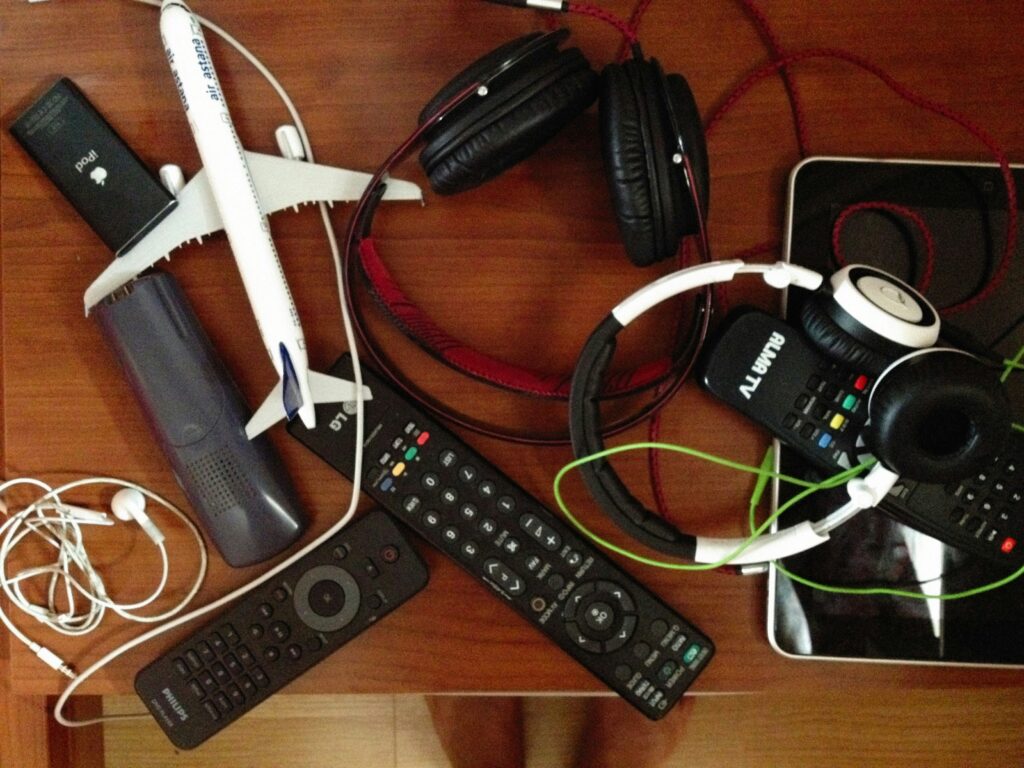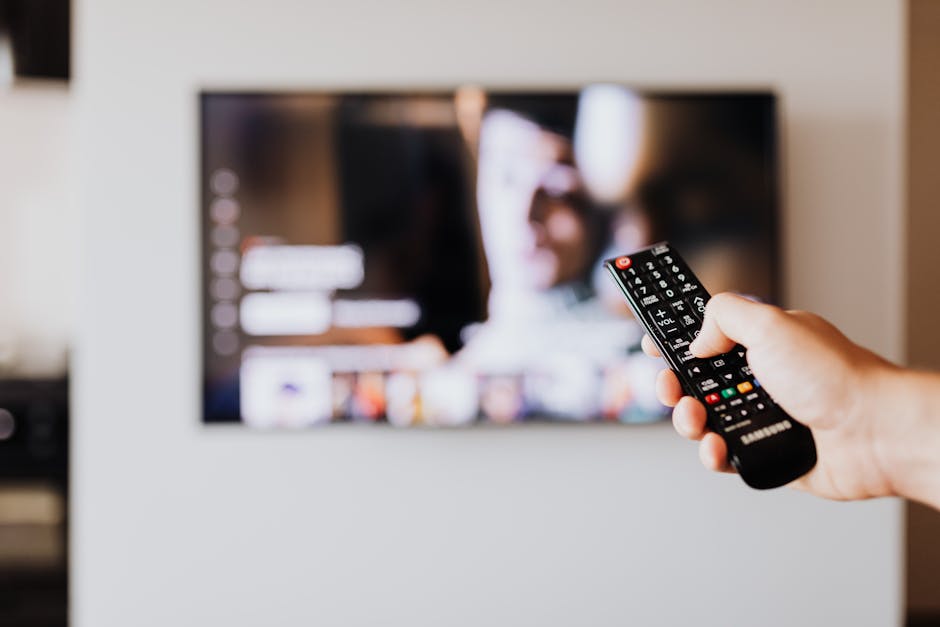The Landscape: What’s at Stake
Cable TV isn’t dead, but it’s losing ground fast. As of late 2023, streaming platforms surpassed cable in total monthly viewership—again. According to Nielsen, streaming claimed over 38% of the total U.S. TV share, while cable trailed behind at about 30%. The rest belongs to broadcast and other sources, but the trend is clear: viewers are making different choices.
This isn’t just a stats war. The stakes are high for everyone. Consumers want better value and flexibility. Advertisers follow where the eyeballs go. And content creators? They’re chasing attention in an ecosystem that moves faster, pays differently, and expects more nuance than ever. The battleground isn’t just what you watch—it’s how, when, and why you choose to watch it.
It’s also about the attention economy. Cable is linear—programming on its own timetable. Streaming is on-demand—viewers call the shots. One model hinges on habit and schedule, the other on spontaneity and customization. For creators and platforms alike, this shift rewires what “success” looks like. Spoiler alert: it’s getting harder to keep people watching, and that’s forcing evolution across the board.
Round 1: Content Variety and Original Programming
Streaming platforms are winning headlines—and watch time—thanks to their exclusive original content. Netflix, Hulu, Apple TV+, and Amazon Prime aren’t just buying rights; they’re building cinematic universes and mini-empires. From docuseries to prestige dramas, their catalogs are expanding fast, and the appeal is simple: watch what no one else has. This edge keeps subscribers locked in, often just long enough to discover the next hit.
Cable still holds ground with legacy franchises and formats people trust—sports, news, late-night, and long-running series with loyal followings. There’s comfort in what cable offers. And for older viewers or anyone who just wants something easy to put on, it works. But the problem? Predictability doesn’t spark buzz, and without buzz, it doesn’t grow.
Investment tells the clearest story. Streaming companies are pouring billions into new productions and testing what sticks with real-time data. Cable networks are slower, betting on what’s worked before—and that’s starting to show. The risk profile is different: streamers are willing to fail fast, while cable plays not to lose.
Bottom line: if content is king, streaming wears the crown—at least for now.
Round 2: Cost vs. Value
On paper, streaming services seem cheaper than cable. But when you add it all up, the reality gets murky. The average monthly cost of a top-tier cable bundle sits around $80 to $100. That often includes dozens of channels—many most users never watch. Now compare that to the streaming side: Netflix, Disney+, Hulu, Max, Apple TV+, and Prime Video. Subscribing to all six racks up roughly $70-80 a month, assuming you stay on ad-supported or standard plans.
The trick is, streaming sells itself as à la carte, but most households don’t stop at just one or two services. Everyone’s chasing the exclusive show or seasonal drops. It snowballs. Add-ons like premium channels, 4K upgrades, and extra user slots push costs closer toward traditional cable. Then toss in overlapping services and you’re suddenly paying cable-level prices again—just split across half a dozen apps and accounts.
And cable? It’s not innocent either. Hidden fees for equipment, regional sports, or broadcast access silently bloat the bill. Ads are baked in, regardless of price. Yet one fee covers everything, and there’s less juggling involved.
The bottom line: neither model is transparent, and the idea of “cheaper” depends more on viewing habits than sticker prices. It’s not just what you pay, but how—and for what.
Round 3: User Experience and Accessibility
The real fight isn’t just about what we watch, but how we watch it. Streaming services are crushing cable when it comes to user experience. Interfaces are cleaner, menus are smarter, and updates happen regularly. From autoplay trailers to custom watchlists, streaming platforms are engineered to pull you in with minimal resistance. Even better: it all works across devices. Start on your phone, switch to your laptop, finish on your smart TV. No cords. No schedule. No hassle.
Compare that to the cable experience—clunky remotes, bloated menus, and DVR systems that feel stuck in 2012. Sure, DVR lets you record shows, but managing those recordings can be a chore. On-demand streaming libraries, meanwhile, offer full seasons at your fingertips, no planning required. Viewers have grown used to clicking and watching—not programming in advance and hoping they remembered to hit “record.”
Convenience is driving loyalty. People stick with what saves them from friction. That’s why streaming adoption keeps growing: it’s not just about content, it’s about making that content stupidly easy to access. And on that front, cable’s still trying to catch up.
Cord-Cutting: A Real Threat or Overhyped Trend?
Cable subscriptions have been in free fall. In the past five years alone, over 25 million U.S. households have cut the cord, according to Leichtman Research Group. That’s nearly one out of every five homes. Back in 2018, around 77% of homes still had a traditional pay-TV bundle. By the end of 2023, that number dropped below 55%—and it’s still sliding.
The biggest movers? Younger audiences. Millennials and Gen Z are ditching cable the fastest, favoring streaming platforms that meet them anywhere—phone, tablet, TV, doesn’t matter. Even among Gen X, adoption of streaming bundles is climbing steadily. The only group hanging onto cable in large numbers? Boomers. But even there, change is starting to creep in, especially as smart TVs get simpler to use.
For networks and service providers, this isn’t just a stat—it’s a survival warning light. Ad dollars are following viewership. Legacy media companies can’t rely on loyalty or habit; they need flexible, digital-first strategies. Some are spinning up their own streaming channels. Others are bundling with tech partners. Either way, doing nothing is a quick road to irrelevance. Cord-cutting isn’t hype. It’s the new default. Companies either move or get moved.
Advertising and Monetization Models
The old model is fading. Traditional TV ad revenue has been bleeding out for years, and 2024 doesn’t offer a cure. As live TV audiences shrink, so does the power of big national ad buys. Advertisers are pulling their money and looking elsewhere—anywhere with better targeting, better metrics, and less waste.
That’s where streaming steps in. Ad-supported video on demand (AVOD) and hybrid models that mix subscriptions with targeted ads (like Netflix’s lower-priced tiers) are thriving. These platforms let advertisers pinpoint audiences by demographics, interests, and even behavior—something broadcast TV never could. For every dollar spent, marketers now expect data-backed returns, not just Nielsen ratings.
For creators, this shift cuts two ways. On one side, there’s opportunity: platforms are incentivizing creators who can attract and retain engaged viewers, rewarding them with revenue sharing and licensing deals. On the other, there’s pressure. Making content that performs under this new system requires a sharp eye on analytics and the ability to adapt quickly.
The big picture? The ad game isn’t shrinking—it’s transforming. Revenue isn’t disappearing, just dispersing more efficiently. And that efficiency favors creators who know their audience inside out.
Explore the broader impact of this evolution in the Growth of User-Generated Content in Online Media.
The Hybrid Future: Blurred Lines
Legacy players aren’t just dipping toes into streaming—they’re cannonballing in. Networks like NBCUniversal, Paramount, and Disney have launched full-scale services like Peacock, Paramount+, and ESPN+. This isn’t just about on-demand reruns. These platforms are front-loading with originals, archive content, and live events to claw back relevance in a space that once threatened to leave them behind.
At the same time, pure streaming platforms are getting a taste for real-time. Amazon is banking big on Thursday Night Football. Netflix is testing live stand-up specials. Even YouTube is dabbling in live sports. The line that once cleanly separated cable from streaming is dissolving fast.
So what’s the endgame? What we’re seeing looks a lot like cable 2.0: fragmented content, rising costs, and bundles creeping back under a different name. The irony—people cut the cord to simplify and save. Now they’re staring down multiple subs, shifting schedules, and more ads than anyone asked for.
The rest of 2024 will be a tug-of-war over control: who owns the viewer’s time, and how directly they can reach them. Whether it’s live sports or breaking news, the battle isn’t just about streaming anymore—it’s about capturing your immediate attention.
Closing Thoughts
Control Has Shifted to the Consumer
The viewing landscape has never offered more options. With an array of streaming platforms and niche services, consumers now have unparalleled control over what they watch, when they watch it, and how much they pay.
- On-demand viewing puts audiences in the driver’s seat
- Multi-device access accommodates every lifestyle
- Personalized recommendations streamline discovery
The Hidden Cost: Choice Fatigue
Ironically, the abundance of options is beginning to overwhelm users. “Decision fatigue” is becoming a real problem as viewers juggle multiple subscriptions, apps, and interfaces.
- Too many platforms lead to fragmented experiences
- Constant scrolling and searching can diminish user satisfaction
- Subscription fatigue is prompting re-evaluation of monthly costs
Where Cable Still Holds Ground
While cable has lost significant ground, it hasn’t vanished. For certain audiences, especially older demographics and sports fans, traditional TV still offers reliability and ease of use.
- Live events, sports, and local news are cable’s strongholds
- Familiar interfaces and bundled services still appeal to some households
The Real Winners
In this rapidly evolving space, agility is the most valuable currency. Whether you’re a platform, creator, or advertiser, success belongs to those who:
- Pivot quickly with audience trends
- Provide streamlined, high-value user experiences
- Avoid bloat and inefficiency in content and pricing models
Bottom Line: The viewership battle isn’t just about who has more content—it’s about who can serve it smarter, faster, and with more relevance to an increasingly savvy consumer base.




